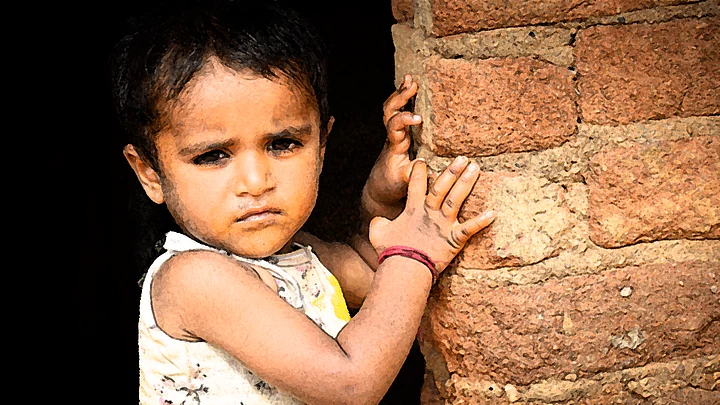(November 12th is observed as the World Pneumonia Day – every 15 seconds, this preventable, treatable disease kills a child under the age of 5 years somewhere in the world. Pneumonia is the second largest killer of children in India after diarrhoea.)
There’s some good news with Children’s Day around the corner – globally the number of children dying under the age of 5 years has steadily declined over the last two decades, according to a report by the United Nations Children’s Fund.
On the home turf though, the news is tempered by the fact that more than three lakh children died from pneumonia and diarrheoa this year, that’s the highest in the world, more than Pakistan, Afghanistan, Haiti, sub-Saharan Africa, according to a report by the Johns Hopkins Bloomberg School of Public Health.
Almost as shocking as this massive rate of child mortality is India’s failure to control the disease in the last two decades, despite the economy tripling between 1990 and 2008.
Does it get any alarming than this? Happy Children’s Day, anyone?
We Sent an Orbiter To Mars Yet a Preventable, Treatable Disease Kills Our Children More Than sub-Saharan Africa
The air sacs in the lungs, alveoli, fill with pus which blocks the passage of oxygen in the lungs. The infection is called pneumonia, in which the person is essentially choked by their own immune response.
Sixteen years after the pneumonia vaccine was introduced globally, only this year, India has introduced them in only five states (HP, UP, Bihar, MP and Rajasthan) in the essential immunisation programme, 45% of our kids are stunted from poor growth, 50% children in 10 states are severely anaemic, and more children under the age of five die in India than Haiti, Burkina Faso or Bangladesh.
The silver lining in such grim statistics is that we have made some progress in tackling the pneumonia burden.
India achieved an improvement of seven percentage points, by continuing to roll out the Hib vaccine (pentavalent) and improving exclusive breastfeeding rates. India, however, still remained below the threshold of 50%.2016 Pneumonia and Diarrhoea Progress Report, International Vaccine Access Centre (IVAC), Johns Hopkins Bloomberg School of Public Health.
What is baffling is that even after such grim statistics, child health never gets a chunky part of the (measly) Union health budget, nor does it get the global health attention it should, which is otherwise eclipsed by diseases like, AIDS, tuberculosis and malaria.
Also Read: Why Bihar Can Treat Only 0.3% of Its Malnourished Children?
Is India the Worst Place To Be Born In?
Malnutrition is the main cause of preventable diseases like pneumonia, diarrhoea, and our children are the most malnourished in the world.
The National Family Health Survey-4 found that four in 10 kids in Bihar, Madhya Pradesh and Meghalaya were stunted in growth due to poor nutrition. Yet undernourishment comes under the spotlight only when there is a large-scale tragedy; it’s never recognised as a tragedy in itself.
The newborn health challenge faced by India is still at a critical stage, much bigger than that experienced by most countries.
Take the Millennium Development Goals (MDGs), for example. Set in the year 2000, the MDGs which expired in December 2015, are a crude reminder of India’s failure to achieve 60% of the targets it set for itself at the start of the millennium.
Currently, government policies to tackle child malnutrition are fragmented across ministries. There is no policy to identify and treat severely malnourished children in the country – to frame a policy would mean the government accepts malnutrition as a failure, among many others.
In a recent United Nation’s global health development index, India was ranked 135 out of 187 countries. After 68 years of Independence, that’s very concerning for a nation with a global ambition.

